New Delhi: The recent Volvo XC90 crash near Bengaluru, caused by a container truck on the Nelmangala-Tumkuru highway, has raised concerns about road safety, even with top-tier vehicles. Despite the Volvo XC90 being a benchmark in car safety, the crash highlighted the need for better road safety reforms.
Similarly, a deadly tanker-truck collision on the Jaipur-Ajmer highway, reportedly at a high-risk “blackspot” on NH-48, resulted in a massive fire and over three dozen vehicles being consumed in flames.
However, Union Minister for Road Transport and Highways, Nitin Gadkari, presented reports during the Parliament’s Winter Session outlining India’s road safety challenges.
The iRAD system, which has recorded over 14 lakh accidents, reflects alarming trends. According to the minister, the government is addressing these issues through initiatives like safety audits and vehicle safety standards. Enhanced emergency care systems are also in place, with the goal of reducing road fatalities by 50% by 2030, as part of the Stockholm Declaration. However, the recent accidents highlighted that much work remains to improve infrastructure and ensure safer roads.
iRAD System Records Over 14 Lakh Road Accidents
The Integrated Road Accident Database (iRAD) system, rolled out across all states and union territories, has recorded 14,10,590 road accidents as of December 9, 2024. Among states, Tamil Nadu reported the highest number of accidents at 197,097, followed by Madhya Pradesh (181,479), and Uttar Pradesh (150,107). The top five accident-reporting states cumulatively account for nearly 56% of the total incidents logged on iRAD.
This system integrates data from police, transport, health, and road/highway departments, ensuring a holistic approach to accident analysis and response. It also aids in identifying accident-prone areas and designing safer highways as part of the PM Gati Shakti initiative.

Blackspots and Impact Assessments
The government has identified 13,795 blackspots on national highways, defined as locations with frequent accidents. Immediate short-term rectifications have been completed for 9,525 blackspots, while permanent solutions, including road geometrics improvement and construction of underpasses, have been implemented at 4,777 locations.
The effectiveness of these measures has been validated through impact assessments at 4,816 rectified blackspots, showing an 85% reduction in crashes and fatalities.
Fatalities Across States and UTs: A Stark Picture
India’s road accident fatalities paint a grim picture. Between 2013 and 2022, the country recorded 15,02,416 fatalities. Uttar Pradesh leads with 1,97,283 deaths, followed by Tamil Nadu (1,65,847), and Maharashtra (1,30,613). States such as Rajasthan (1,02,712) and Madhya Pradesh (1,04,874) also report alarmingly high fatality numbers.

Age-Wise Fatality Analysis (2016-2022)
The age-wise breakdown reveals disturbing trends:
- Individuals aged 25-60 years accounted for the majority of fatalities, with 6,69,046 deaths.
- Youth aged 18-25 years suffered 2,24,714 fatalities.
- Children under 18 years of age accounted for 92,145 deaths.
- Elderly individuals (60 years and above) recorded 96,102 fatalities.
Vehicle-Specific Fatalities (2019-2022)
A detailed analysis of vehicle involvement highlights two-wheelers as the most dangerous category:
- Two-wheelers: Accounted for 1,45,316 fatalities, including 30,617 pedestrian deaths.
- Cars and Light Motor Vehicles (LMVs): Responsible for 1,30,557 deaths, including 34,805 fatalities among passengers and 58,197 two-wheeler riders.
- Trucks/Lorries: Contributed to 1,06,957 fatalities, with 18,550 car/ jeep/ taxi passengers, 19,444 involving individuals in trucks, and 47,344 two-wheeler riders.
- Buses: Caused 32,126 fatalities, including 6,129 passengers in car/ jeep/ taxi, 6,731 pedestrians, and 13,775 two-wheeler rides.
Other vehicle categories, including auto-rickshaws and bicycles, contributed significantly to fatalities.
Road Safety Initiatives and Infrastructure Upgrades
To address the multifaceted causes of accidents—human error, road conditions, and vehicle issues—the government has adopted a “4E” approach: Education, Engineering, Enforcement, and Emergency care. Key measures include:
- Mandatory Road Safety Audits: Conducted at all stages of highway projects.
- Enhanced Vehicle Safety Standards: Airbags, seat belt reminders, and reverse parking alert systems have been mandated for new vehicles.
- Monitoring Through Technology: Electronic enforcement devices and advanced systems are used to monitor high-risk areas.
Emergency Care and Financial Support
The government has significantly enhanced emergency response measures:
- Ambulances stationed every 50-60 kilometres on national highways.
- Increase in ambulances deployed from 930 in 2021-22 to 1,074 in 2023-24.
- Compensation for victims of hit-and-run cases raised to Rs 2,00,000 for deaths and Rs 50,000 for grievous injuries.
- Pilot programs for cashless treatment of accident victims in select states like Punjab, Assam, and Uttarakhand.
Vulnerable Road Users and Stockholm Declaration Goals
Pedestrians, cyclists, and motorcyclists—categorized as vulnerable road users—comprise a significant share of road traffic deaths. The government’s commitment to the Stockholm Declaration aims to reduce road traffic deaths and injuries by 50% by 2030. This involves improving road and vehicle designs, enforcing stricter traffic laws, and providing life-saving emergency care.
Minister Gadkari’s exhaustive data and measures highlight both the severity of road safety challenges and the strides made to mitigate them. While progress is evident, achieving the ambitious target of halving road fatalities by 2030 will require sustained, collaborative efforts across all sectors. The iRAD system and the government’s multipronged strategy signal a promising path forward.
Also Read –
Govt Advances NH-753L Development to Boost Maharashtra-Madhya Pradesh Connectivity








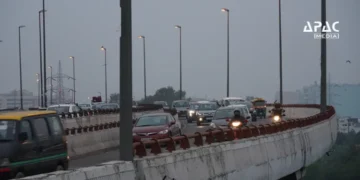








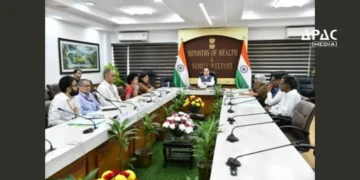
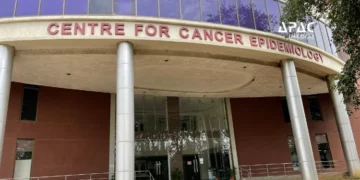








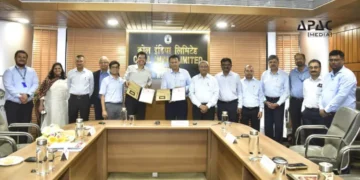




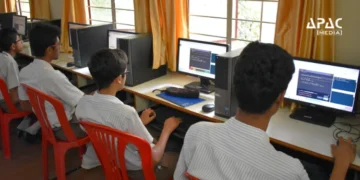

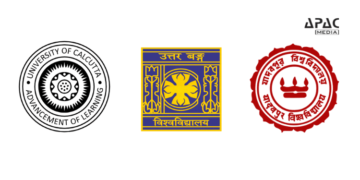





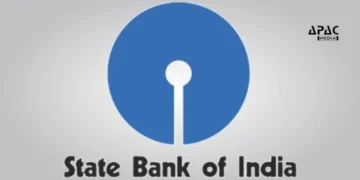






















Discussion about this post